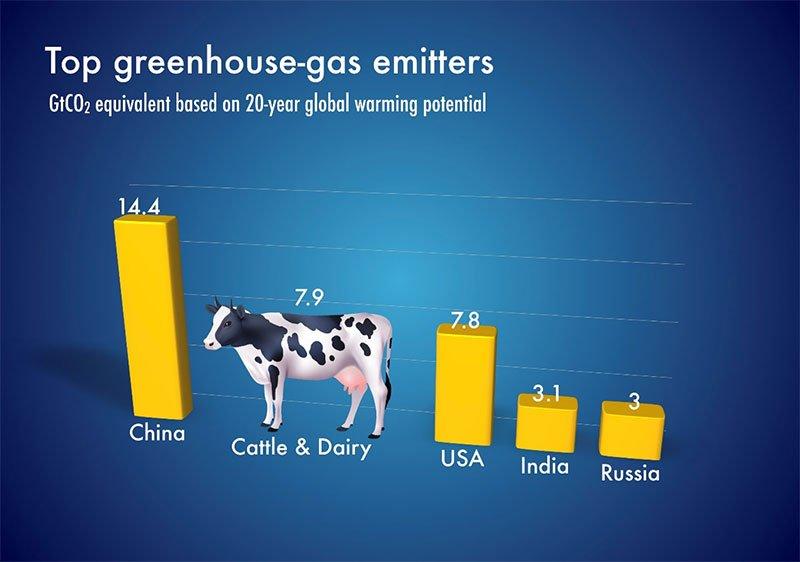Protecting biodiversity has become as urgent as the need to tackle climate change, and investors can play a role. But it means changing entire industrial processes and human habits, which makes it even more complex than the energy transition, says Robeco’s climate and biodiversity strategist, Lucian Peppelenbos.
Speed read
- World faces biodiversity challenges from unsustainable development
- Incentives need to be aligned to stop depletion of natural assets
- Move to a circular economy is complex but we can look for ‘quick wins’
Investors can contribute by making sure that the companies in which they invest help to reduce or reverse the drivers of biodiversity loss.
And as part of its biodiversity roadmap, Robeco is developing a wider investment framework to assess companies’ contributions to biodiversity – both positive and negative – across all investment portfolios.
It’s an urgent task. “We're consuming the Earth’s resources at a rate at which the Earth cannot replenish itself. Since we depend on nature for everything we do, that's a big problem for us. It’s becoming a systemic investment risk,” Peppelenbos says.
“Our economy and society is entirely dependent on the biosphere, on ecosystems and ecosystem services. If those ecosystem services degrade, then economic activity is also at risk. It’s a much more urgent problem than people realize, and it’s having direct effects on the economy right now.”
The birds and the bees
Look at the bees, for example. Bees are critical for pollination; there's now a market in California to hire beehives at elevated prices because you need the bees for lots of crops, particularly high-value crops like almonds. It’s an ecosystem service that has become a market.”
“One of the drivers of biodiversity loss is invasive species, where a parasite enters an ecological system and then spreads like crazy. They have found this out to their cost in Australia, where the Varroa mite has entered the hives and started feeding on the honeybees. In order to contain the spread of it, they had to have a lockdown.”
“So, after the lockdown for humans for Covid, they are now having a lockdown for honeybees. The beehives can't be moved. This means that billions of dollars worth of crops in Australia are now at risk because they can't be pollinated.”
“That’s an example of biodiversity risk, and how it affects the real economy. It shows the disastrous impacts that failing to protect biodiversity can have.”
These tiny creatures are vital for agriculture, but are now in lockdown in Australia.
The vital role of water
Another vital ecosystem service is water. The recent droughts such as those seen this year across all continents raise the risk of crop failure and, in parts of Africa, food insecurity. But the effects don’t stop there – water is also vital for industry and commerce on rivers that are drying up.
“Ground water and surface water is one of our largest dependencies,” he says. “Can you imagine industry without cooling water? Cargo transport without waterways? Germany’s industry suffered supply issues due to the low water levels in the Rhine.”
“Car manufacturers in China shut down for weeks due to power shortages. The same thing happened in Italy. Water scarcity implies immediate economic damage across the multiple sectors in the economy.”
Climate versus biodiversity
This example points to the link between biodiversity and climate change. It may seem an obvious one – both are part of the biosphere on which our well-being depends – but there is more to it than that. Ironically, well-intentioned efforts to tackle global warming can come at a cost to biodiversity.
“A climate plan that does not consider nature at large is an incomplete plan,” Peppelenbos says. “I’ve seen solar panel parks being built on land that used to be primary forest. That's not the sort of thing we should want.”
“I’m also concerned about all the offshore windmills that we’re building everywhere. It solves one problem, but if not properly planned, it may come as a risk to marine biodiversity.”
Stop doing bad
But isn’t it simpler to just stop doing bad? Why won’t countries stop deforestation, when they have the governmental and judicial power to do so?
“Certainly regulation is essential,” Peppelenbos says. “We need strict industry standards to limit the adverse impacts from production, trade and consumption. Until the 1970s it was normal to dump chemical waste in open waterways. The problem stopped when it was made illegal.”
While chemical waste dumping is now illegal, similar destructive practices continue until today. “Fishing is also one of the most destructive industries. Trawlers emit as much CO2 as the airline industry. And the trawling process destroys all the biodiversity on the sea bottom. Why do we still allow trawling fishing? Why can’t we fish like we’ve fished for centuries?”
Fishing trawlers are immensely destructive to life on the seabed.
But who’s going to press the button and say no? Who’s going to say, “no more trawling”? “Well, the EU now has its Green Deal – a pretty tough plan which is also pretty cool,” says Peppelenbos. “Recently they announced a few laws that are part of the Green Deal which will cut pesticide use by 50%, and protect 20% of all the nature in Europe.”
“I expect that in the coming years we will see much more of this: strict real limits to economic activity. Because the cost of inaction is starting to outweigh the cost of these limiting measures.”
Policy incentives
But we need more than just bans. “We need policy incentives that reward nature-positive activity,” Peppelenbos says. “Market action won't progress fast enough as long as the wrong kind of incentives are in place. That goes as much for climate as for biodiversity.”
“There are USD 1.8 trillion of subsidies a year on activities that lead to nature destruction, including extracting fossil fuels, and for agriculture. And carbon prices are too low to make a difference.”
“Take deforestation in Brazil. Frankly it is unnecessary. Brazil has 200 million hectares of pasture land for cattle where, with existing technology, you can easily increase yields with 10% or more. This would liberate 10% of the land, or 20 million hectares – an area the size of Saudi Arabia – to increase production for soy, corn and other crops.”
“So, there’s no need at all to deforest anything to expand production of crops nor cattle. All it requires are the right policy incentives.”
Wherein lies the responsibility?
“We can criticize Brazil for having the highest deforestation rates in the world, but let's face it, they still have a forest, and we don't,” Peppelenbos says. “More than half of the country is still covered with forest and they should be applauded for that. In the Netherlands, all of the original forest has gone.”
“The historic responsibility of industrialized countries is huge – just like with climate change. Two thirds of all emissions historically are from industrialized countries. So it's logical that the poorer countries say: ‘Hey, we can talk about mitigation, but let's first talk about the money. Who's going to pay for this?’”
“This is the single biggest obstacle in the international negotiations on climate and biodiversity. Who pays for the incentives that are required for a net-zero nature-positive economy?”
Brazilian rainforest clearance for cattle
Going round in circles
A nature-positive economy is essentially a circular economy, in which natural resources are used and re-used instead of the current linear economic model of take-make-dispose. The circular economy not only helps climate and biodiversity; it would open up a USD 4.5 trillion market for reusing, redesigning, repairing and recycling.
“The circular economy is facing a number of challenges due to the inadequate policy incentives,” Peppelenbos says. “First of all, externalities are not properly priced – it’s too cheap to just make a new product rather than recycle an old one.”
“Secondly, in the design of products, durability is not one of the priority principles, when it used to be before. Now we like to use something and throw it away after a while.”
 The circular economy. Source: Robeco
The circular economy. Source: Robeco
“Thirdly, you shouldn't underestimate what a massive logistical nightmare recycling is. Take, for example, the building sector and the built environment. Construction is one of the most impactful industries. It's fairly easy to think you can build houses and buildings in modular ways. The moment you're done with the building, you demolish it, and then have walls, windows and doors that you can re-use.”
“But the problem is there is no organized marketplace for it. A building is designed three to five years beforehand, and you would need to have the exact design and definitions of the windows you're going to use. How would you know that in three years’ time, a recycled window is going to be available from the building that's going to be demolished today? How do you organize that? It's a logistical puzzle of exceptional complexity.”
“This differs greatly from the energy transition, which just means substituting one form of energy for another. The energy process itself doesn't need to be changed – you just plug it into another source. The circular economy is inherently much more complex because you need to change production and consumption processes.”
Make the world vegetarian?
Changing consumption processes also means changing human habits. It takes six grams of vegetable protein in farmland and feed to produce only one gram of beef. Meanwhile, cattle are a major source of methane emissions that contribute as much as 14.5% of global greenhouse gases.1
“The amount of meat consumption in industrialized countries is unsustainable at the global level ,” Peppelenbos says. “But it’s not only meat. The food system at large is massively inefficient: one third of every calorie that is produced gets lost in the food production process from farm to fork.”
Cows are walking methane factories.
“Some of its gets lost at the farm and is not harvested or not bought. Wheat can be left in the field and go moldy; there are losses in the supply chain and at every point of sales. Then there is wastage at consumers’ homes.”
There are also relative inefficiencies; it takes five times as many cows in Mexico to produce the same amount of milk as one US cow across the border, while in India, it takes up to 20 cows. As a compensating factor, while India has a population of 1.4 billion, 40% of Indians are vegetarian.2
The role of investors
So, what can investors do to help move the needle? Asset owners and managers don’t possess the power of governments, but they do possess the power of capital allocation – along with active ownership such as engagement – to make a difference.
“We can use engagement with companies, and direct capital towards the solutions, as we’ll do with the new Biodiversity Equities strategy,” Peppelenbos says.
“Another thing we can do is to systematically tilt our portfolios to companies that are not necessarily biodiversity solutions in their own right, but are helping to reverse biodiversity loss. Some companies are doing relatively better than others on this: the biodiversity leaders and laggards, so to speak.”
Locational analysis
For that, we need data and analysis – particularly locational information. “That has been our focus with our academic partnerships for the last two years – building our knowledge and scrutinizing the data providers.”
“Based on this, we’re now building an investment framework so that we can apply it across our portfolios and really link issuers to biodiversity impacts, identifying those companies that do better than the others.”
“The challenge with biodiversity is that it is very locational; much more so than with greenhouse gases. If you want to link specific economic activities or company supply chains to their biodiversity impact, you actually would need to do a locational analysis.”
Such locational analysis forms a key part of the Task force for Nature-related Financial Disclosures (TNFD) framework, the biodiversity equivalent of the Task force for Climate-related Financial Disclosures (TCFD). Many asset managers, including Robeco, have already signed up to it for corporate disclosures in portfolios.
Thinking more conceptually
“If you fast forward two years, I think a lot of this kind of data will become available,” Peppelenbos says.
“In the meantime, we need to think more conceptually. Take for example, the pulp and paper industry. This has a negative impact on biodiversity through land use conversion. But if you consider how companies could mitigate that impact, then you can imagine sourcing from certified sustainably managed forests.”
“Recycling rates is another important issue. Now that is data that we can measure. We can measure the revenue that a company accrues from recycled sources and from certified sustainable sources.”
“And that’s how we can differentiate between companies when choosing them for portfolios. We don’t need to do the full locational analysis to already know that to already start to make distinctions, and tilt towards a biodiversity impact.”
We need action now
But what we need, above all, is real action to tackle the urgency.
“For me, the most important thing is that we avoid ‘analysis-paralysis’ and instead act now,” Peppelenbos says. “Three quarters of the biodiversity problem is in changes to land and sea use, and in overexploitation of natural resources. These are things that can be relatively well identified and assessed.”
“So let’s not wait for the perfect data. With a focus on the key impacts we can already make good progress now.”
1 https://clear.ucdavis.edu/explainers/using-global-emission-statistics-distracting-us-climate-change-solutions
2 https://www.nutraingredients-asia.com/

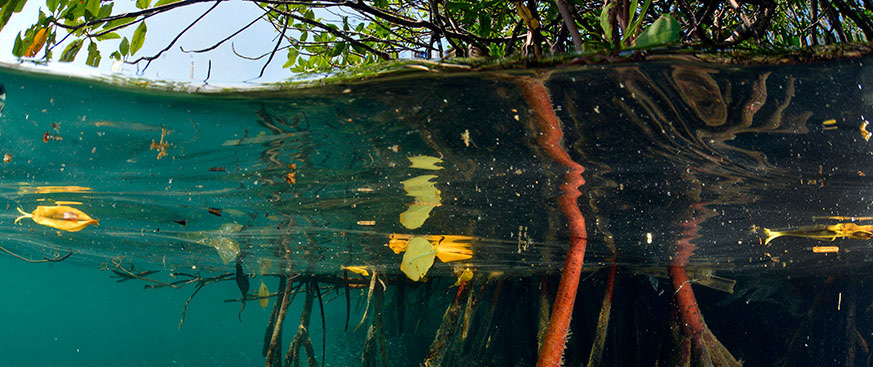
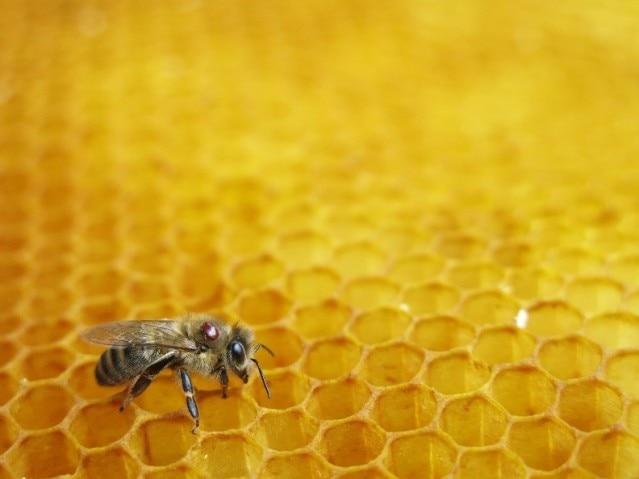
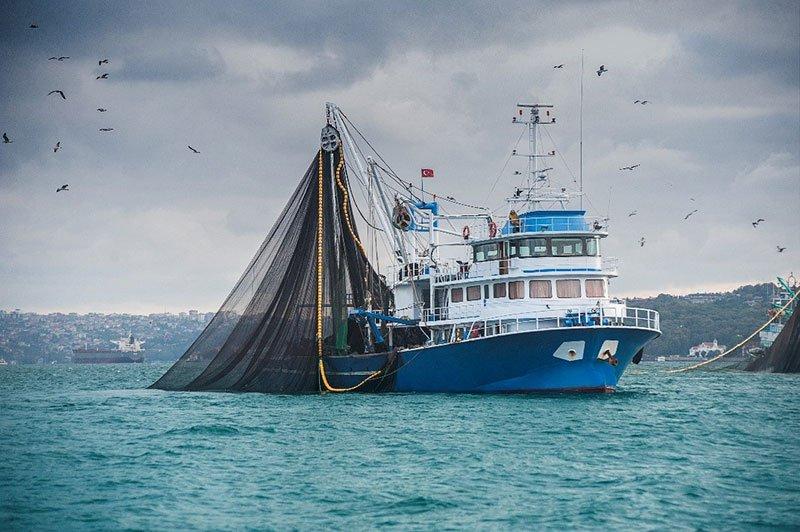
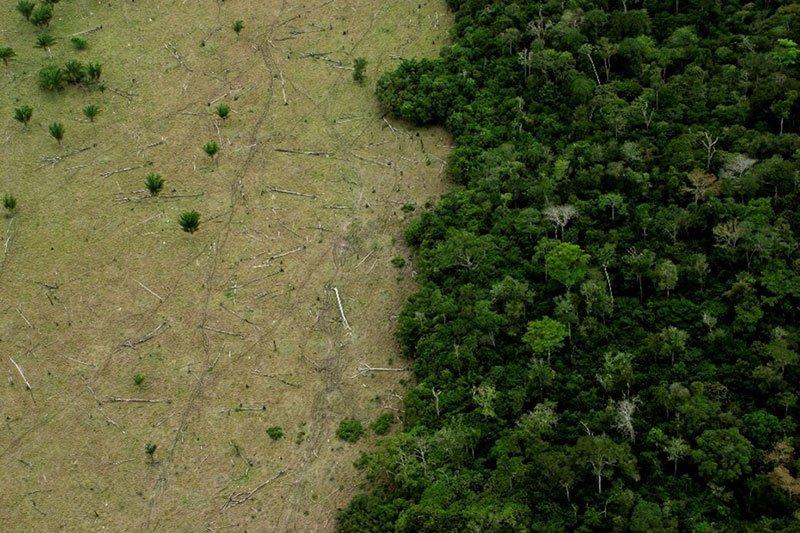
 The circular economy. Source: Robeco
The circular economy. Source: Robeco